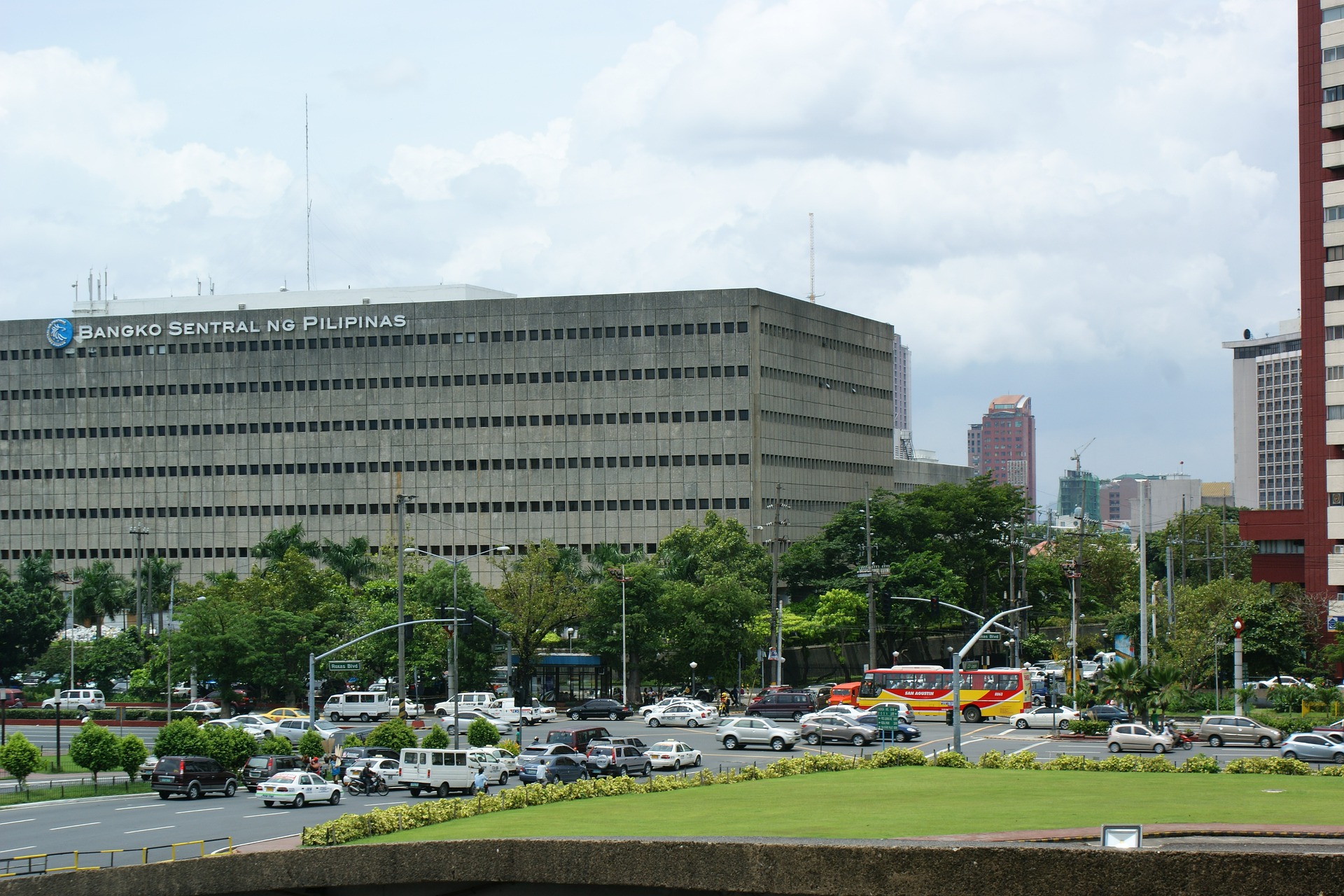
MANILA — The Philippine peso is expected to receive a boost from the strong inflows of remittances this year, but the situation can reverse next year on projected improvement of imports.
In a research note, ING Bank Manila Senior Economist Nicholas Mapa said the local currency has been getting additional support from the robust inflows from overseas Filipino workers (OFWs).
On Monday, the Bangko Sentral ng Pilipinas (BSP) reported that cash remittances grew by 8 percent last October alone to USD2.67 billion, while year-to-date expansion was 4.6 percent to USD24.9 billion.
The monthly remittance growth last October was the highest so far this year.
On Monday, the peso ended the trade at 50.635, sideways from its 50.64 close last Friday.
Mapa said remittance inflows in the 10th month this year is higher-than-expected “helping provide additional strength for the peso in 2019 and gives hope for a strong consumption print in fourth quarter”.
He said cash remittances remain resilient despite the issues like the US-China trade war, the unrest in Hong Kong, and the geo-political concerns in the Middle East.
“This development highlights the unchanging narrative of the Philippine current account: OF (overseas Filipino) remittance growth,” he added, citing “come hell or high recession, remittance flows have grown with Filipinos always finding a way to make Christmas merry”.
Mapa, however, discounted a similar situation next year as the current account expected to come under renewed pressure on projected imports related to the government’s fiscal push.
“But one thing’s for sure, OF remittance will continue to post decent growth prints to offset this weakening pressure,” he added.
Philippine Statistics Authority (PSA) data show that imports posted a 10.8-percent decrease last October alone, a turn-around from year-ago’s 26.2 percent expansion, due partly to the decrements of nine of the 10 major import commodities like iron and steel, cereals and cereal preparations, and industrial machinery and equipment.